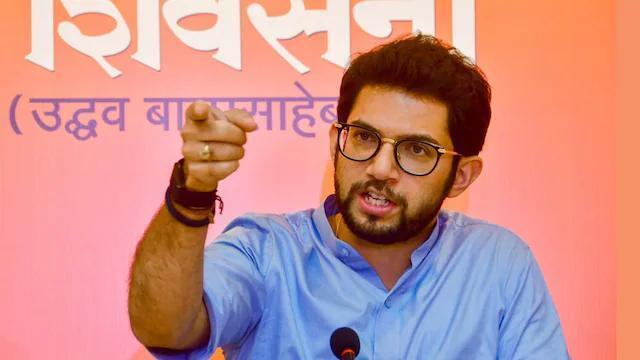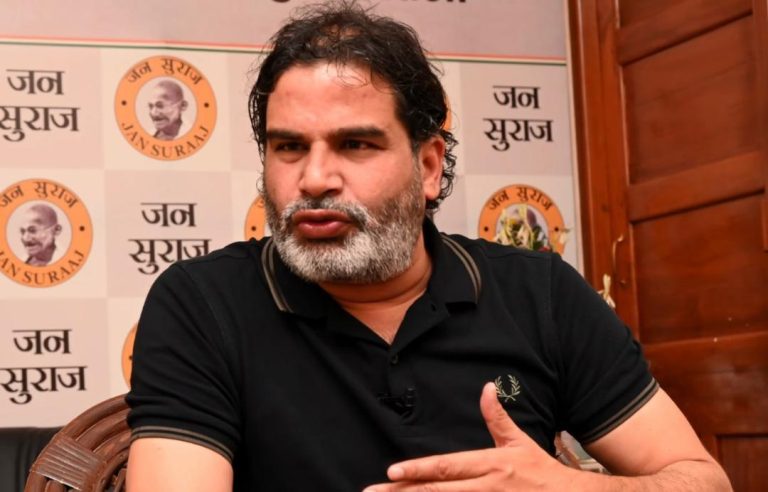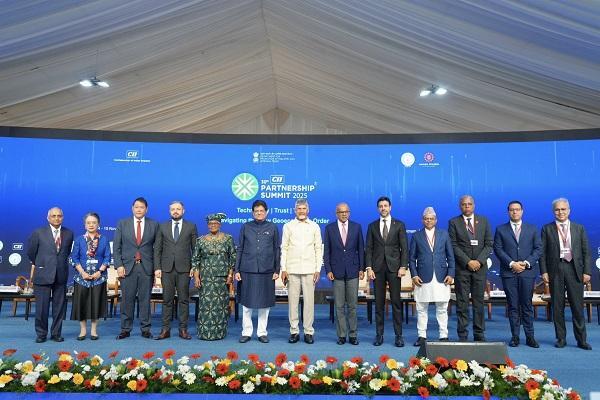
Hindi and other subjects can be introduced from 5th class: Aaditya
In a recent development, Shiv Sena (UBT) leader Aaditya Thackeray has sparked a debate by suggesting that Hindi, French, Spanish, and other subjects can be introduced from 5th standard in schools. This statement comes after the state government passed an order making Hindi the third language from Class 1-5 in Marathi and English medium schools.
Thackeray’s remarks have raised eyebrows among many, who are questioning the priority given to certain languages over others. The Maharashtra government’s decision to make Hindi the third language from Class 1-5 has been met with mixed reactions. While some have hailed the move as a step towards promoting national integration and unity, others have expressed concerns about the potential impact on students’ education.
In an interview, Thackeray emphasized the importance of giving priority to Marathi and English, stating that they should be the primary languages of instruction in schools. He added that Hindi, French, Spanish, and other subjects can be introduced from 5th standard, allowing students to develop their linguistic skills and cultural understanding.
Thackeray’s statement has been met with criticism from some quarters, who argue that his suggestion is not in line with the government’s decision to make Hindi the third language from Class 1-5. They point out that introducing languages from 5th standard could lead to confusion and dilute the importance of the primary languages.
However, others have hailed Thackeray’s suggestion as a practical solution to the language debate. They argue that introducing languages from 5th standard allows students to develop their skills gradually, without compromising their primary education. This approach also acknowledges that students may have different learning styles and aptitudes, and that not all students may be interested in learning a new language.
The debate surrounding the introduction of languages in schools is not new. In recent years, there have been calls to promote the study of foreign languages, including French, Spanish, and Mandarin, to enhance students’ cultural understanding and career opportunities. However, the priority given to certain languages over others has often been a point of contention.
In India, the debate surrounding language education is complex and multifaceted. The country has a rich linguistic diversity, with over 22 official languages recognized by the government. This diversity has led to calls for promoting the study of regional languages, including Marathi, Hindi, and other languages.
However, the growing importance of globalization and international trade has also led to calls for promoting the study of foreign languages, including English, French, and Spanish. This has led to a dilemma for policymakers, who must balance the need to promote national languages with the need to prepare students for the global job market.
In the context of the Maharashtra government’s decision to make Hindi the third language from Class 1-5, Thackeray’s suggestion to introduce other languages from 5th standard may be seen as a compromise. By allowing students to choose from a range of languages, the government can promote cultural understanding and linguistic diversity, while also preparing students for the global job market.
In conclusion, Thackeray’s suggestion to introduce Hindi, French, Spanish, and other subjects from 5th standard has sparked a debate about language education in schools. While some have criticized the suggestion as being impractical, others have hailed it as a practical solution to the language debate. Ultimately, the decision to introduce languages in schools must be based on a careful consideration of the needs and aspirations of students, as well as the priorities of the government and society.
Source:






